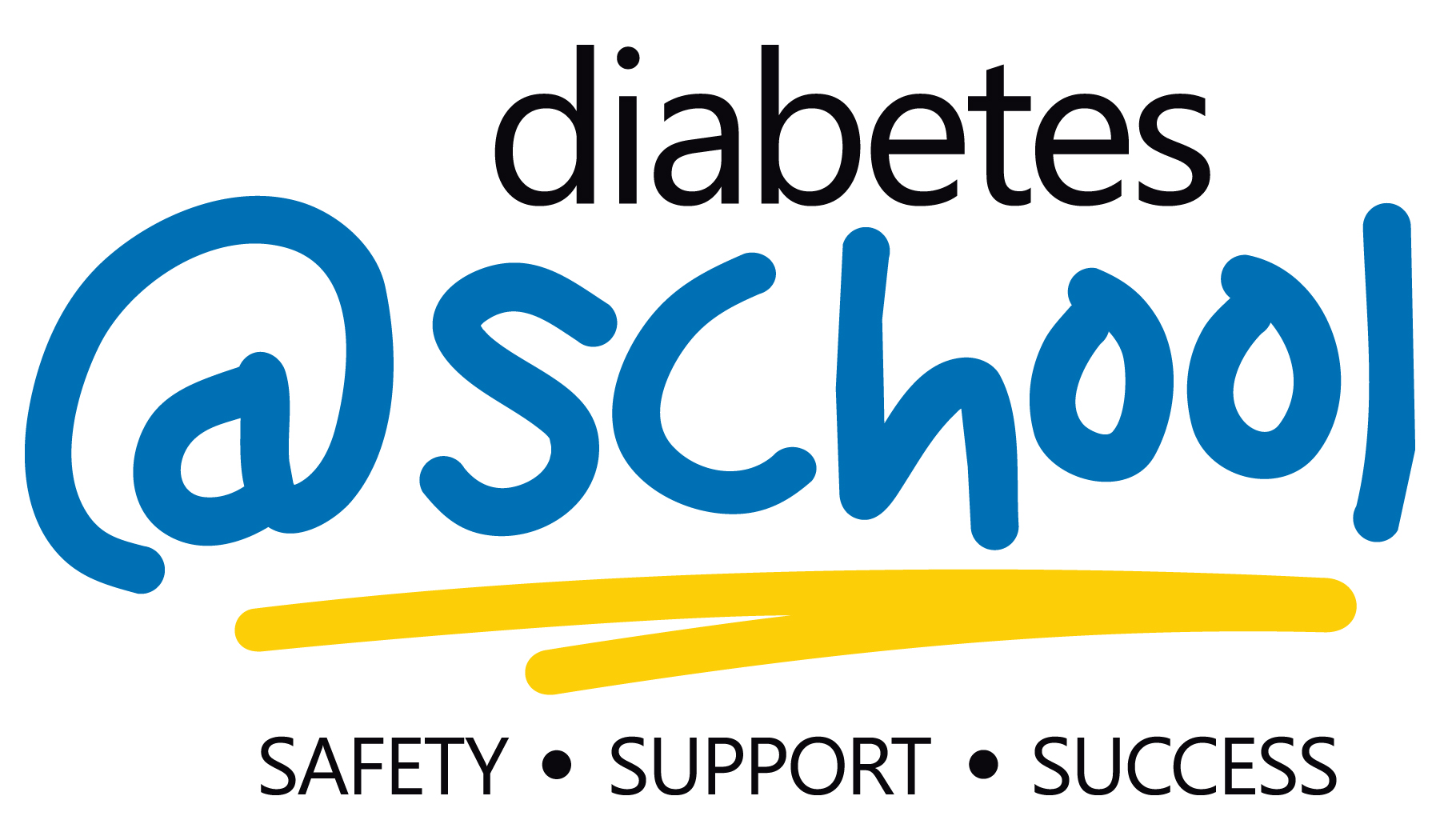Keeping kids with diabetes safe at school
OTTAWA—A national initiative aimed at ensuring students with type 1 diabetes are safe at school was launched today by the Canadian Paediatric Society (CPS), the Canadian Diabetes Association (CDA) and the Canadian Pediatric Endocrine Group (CPEG). 
Diabetes at School was developed in response to the growing need to support the 30,000 school-aged children with type 1 diabetes, a condition that requires intensive round-the-clock management. Children under 5 years represent the fastest growing group of new diagnoses, meaning schools are increasingly likely to have students with the condition.
“Children spend half their waking hours in school, so ensuring that their diabetes is safely and well managed is critical,” said Dr. Sarah Lawrence, Chief of Endocrinology at the Children’s Hospital of Eastern Ontario, and the medical lead for Diabetes at School. “To do that, school staff need to be informed and feel confident. We wanted to ensure that Canadian families and educators have access to a range of evidence-informed resources and training.”
Type 1 diabetes is an autoimmune disease, the cause of which is unknown. It is not caused by eating habits or inactivity. With type 1 diabetes, the pancreas no longer produces insulin, a hormone that helps the body control blood sugar levels. People with type 1 diabetes must check blood sugar frequently, and inject insulin several times daily.
While many older students can self-manage, younger students need help with daily tasks like checking blood sugar, administering insulin, and recognizing and treating hypoglycemia (low blood sugar). Untreated hypoglycemia can lead to loss of consciousness or seizures.
Support for students with diabetes varies across Canada and even within jurisdictions, and many families have little access to tools and education resources to ensure their children are safe at school. Only 5 provinces have guidelines or policies about managing diabetes at school.
In 2014, both the Canadian Diabetes Association and the Canadian Paediatric Society (together with the Canadian Pediatric Endocrine Group) released guidelines on managing type 1 diabetes in school, with recommendations on how schools should support students with T1D.
The new website for Diabetes at School features bilingual training resources for use by educators, school boards, and parents of children with diabetes. Topics include understanding blood sugars, food and insulin, physical activity and type 1 diabetes, and communication between home and school. The site also features a template Individual Care Plan, which details all aspects of a student’s diabetes care while at school.
“Ensuring the health, safety and emotional well-being of every student living with diabetes is of paramount importance,” says Rick Blickstead, President and CEO, Canadian Diabetes Association. “As noted in our Diabetes Charter for Canada, we need to protect children with diabetes and we will continue to advocate for policies and guidelines in every province and territory.”
Diabetes at School is led by a national advisory group of health professionals and parents of children with type 1 diabetes.
Last updated: Oct 3, 2016
